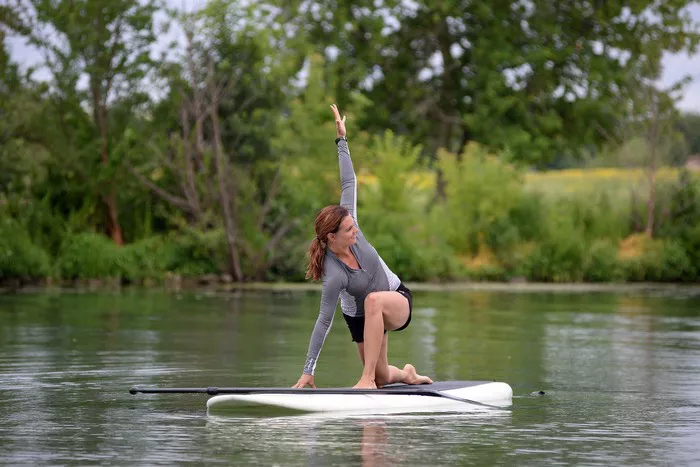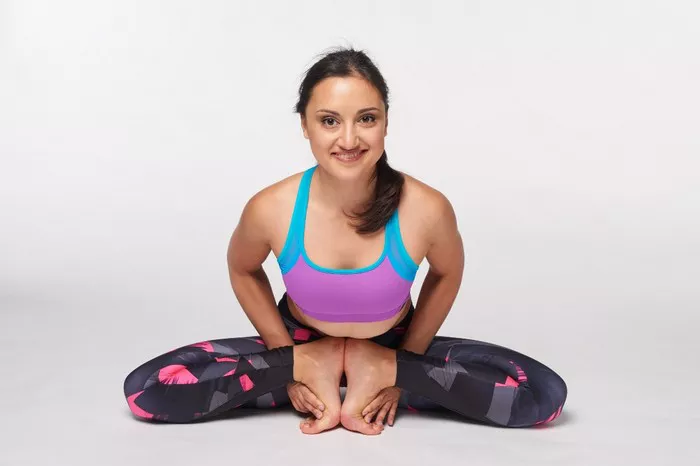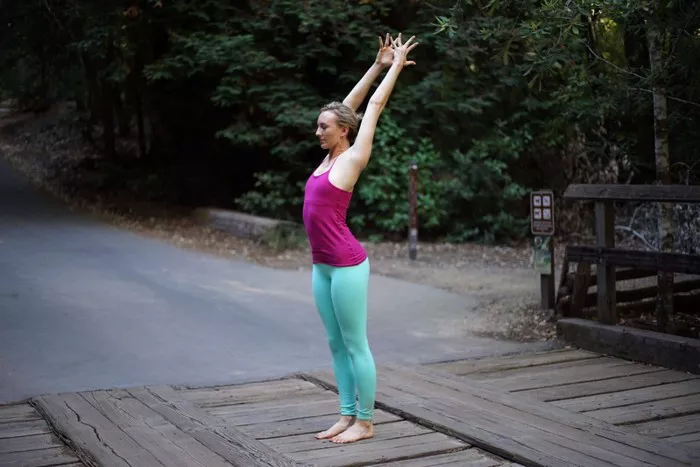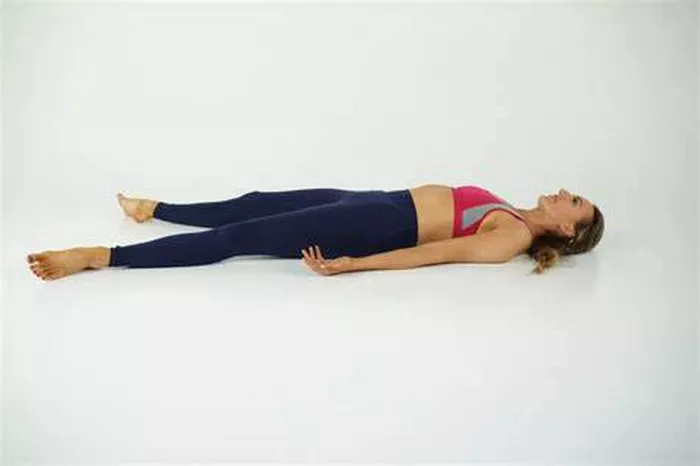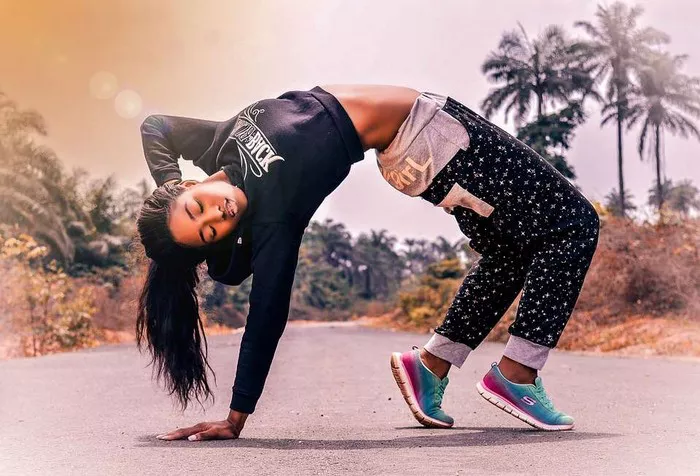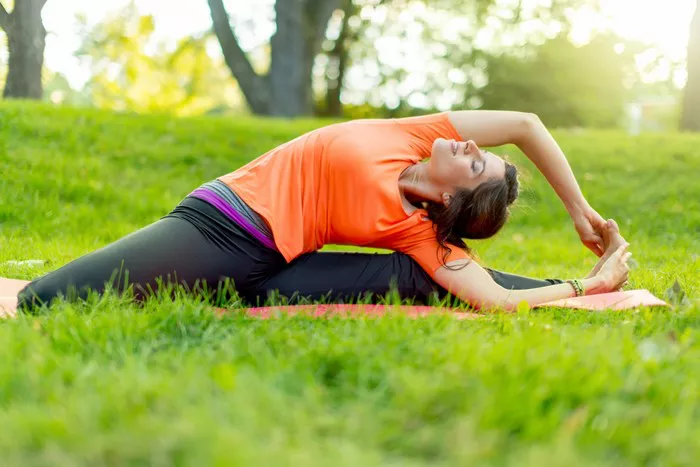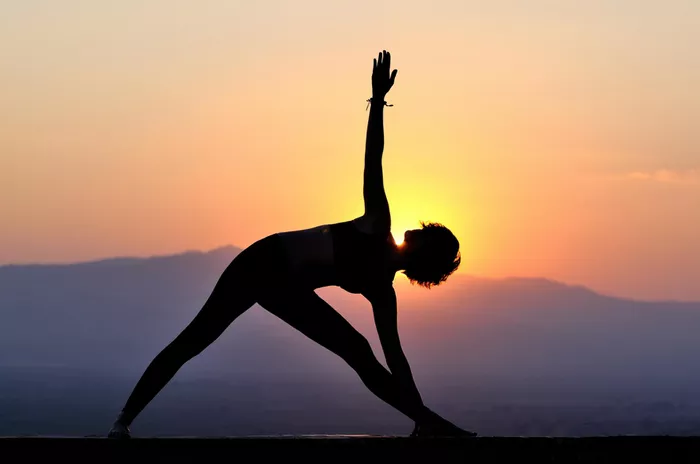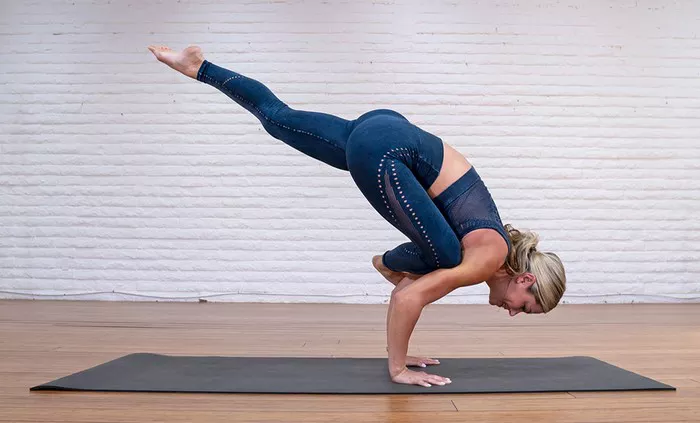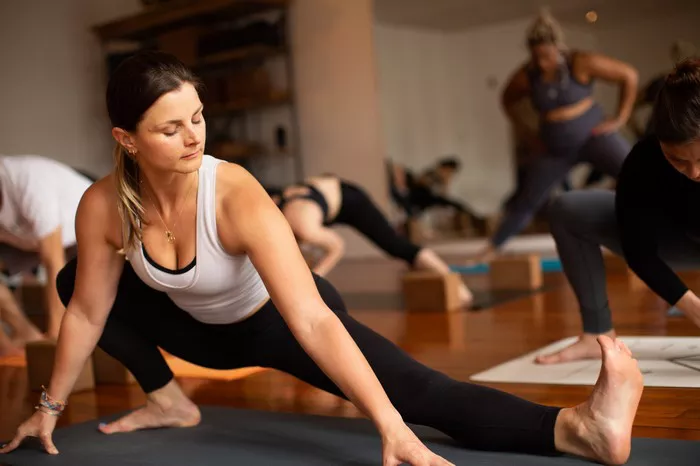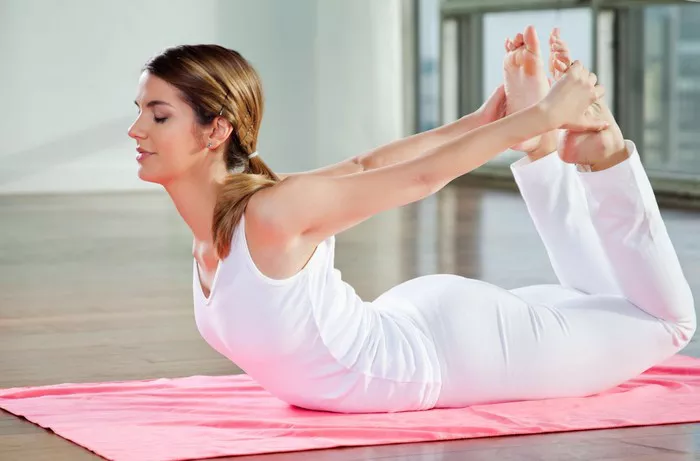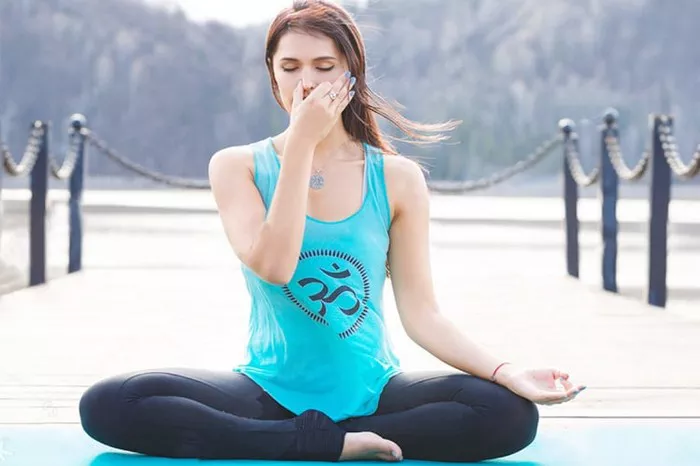Iyengar Yoga, a discipline founded by B.K.S. Iyengar, has long been praised for its precision, use of props, and therapeutic applications. While it is widely appreciated by practitioners seeking alignment and structure, like any practice, it is not without its drawbacks. This article explores seven significant disadvantages of Iyengar Yoga that are essential to understand before embarking on your journey with this method. Whether you are a beginner or an experienced yogi considering this style, understanding its limitations can help set realistic expectations.
1. Time-Intensive Practice
Iyengar Yoga classes are known for their extended durations, often exceeding the typical 60-minute yoga class. This is because instructors spend considerable time explaining each pose, correcting alignments, and demonstrating prop usage. For individuals with busy schedules, this time commitment can become a barrier to consistent practice. Unlike more dynamic styles that allow for quick sessions, Iyengar requires dedication not only in class but also outside it for meaningful progress.
Moreover, the detailed attention to every movement can make even a single pose take several minutes to master. This prolonged focus might be beneficial for therapeutic needs but may frustrate those seeking a faster-paced or more energetic form of exercise.
2. Less Cardiovascular Engagement
If you are turning to yoga as a means to boost cardiovascular health or to aid in weight loss, Iyengar Yoga might fall short of your expectations. It emphasizes alignment and holding postures for longer periods, which limits the heart-pumping aspect found in more vigorous styles like Vinyasa or Power Yoga.
While it offers deep muscular engagement and endurance, it doesn’t significantly elevate the heart rate. This limitation could be a disadvantage for those looking to combine their yoga practice with aerobic benefits. Those pursuing holistic fitness might need to supplement Iyengar Yoga with cardio-based workouts to meet their fitness goals.
3. Heavy Dependence on Props
A hallmark of Iyengar Yoga is the use of props such as blocks, straps, bolsters, blankets, and ropes. These tools are designed to help practitioners achieve ideal alignment regardless of their flexibility or experience level. However, this reliance can become a disadvantage over time.
Unordered list of common issues due to prop dependency:
- Beginners may develop a psychological reliance on props and feel incapable without them.
- It may hinder natural body awareness as practitioners may rely more on equipment than proprioception.
- Accessibility can be an issue; not all studios or home environments have the extensive props required.
In essence, while props are valuable, over-dependence can become a crutch that detracts from the organic development of one’s practice.
4. Not Ideal for Dynamic Energy Seekers
Iyengar Yoga’s methodical and structured nature makes it less appealing to those who enjoy a dynamic, flow-based yoga experience. Individuals who thrive on rapid transitions, dance-like sequences, and high-energy environments may find Iyengar sessions to be slow and even monotonous.
This lack of dynamic movement can be a turn-off for certain personality types or fitness enthusiasts who use yoga as a means to discharge energy or stress. Iyengar’s meditative pacing is deeply introspective but may not resonate with everyone, especially those seeking an adrenaline rush or a mood-lifting endorphin boost.
5. Can Feel Rigid or Dogmatic
Iyengar Yoga is deeply rooted in discipline, tradition, and specific alignment principles. While this structure ensures consistency and safety, it can sometimes come across as rigid or even dogmatic. Instructors often follow a strict hierarchy and methodology that leaves little room for improvisation or personal interpretation.
For creative individuals or those who enjoy exploring movement intuitively, this can feel constricting. Additionally, the emphasis on perfection in alignment might make some practitioners overly self-critical, leading to frustration or decreased self-confidence.
6. Slower Progression in Mastery
Due to the emphasis on minute alignment details and proper form, progression in Iyengar Yoga can be slow. Students often spend weeks or even months perfecting foundational poses before moving on to more advanced ones. This deliberate pace ensures safety but may lead to impatience or disinterest for those looking to advance quickly.
Unlike other yoga styles that encourage experiential learning through flow and exploration, Iyengar students must often revisit the same poses repeatedly. This methodical repetition might not suit individuals who thrive on variety and rapid progression.
7. Limited Emotional Expression
While Iyengar Yoga is excellent for building physical stability and muscular precision, it may fall short when it comes to emotional expression or catharsis. Styles like Kundalini or ecstatic dance-inspired yoga encourage emotional release, spontaneous movement, and energetic flow.
Ordered list comparing emotional aspects of various yoga styles:
- Kundalini Yoga – Focuses on breathwork and kriyas to release emotional blocks.
- Vinyasa Flow – Allows fluid transitions and creative expression.
- Yin Yoga – Encourages introspection and emotional release through stillness.
- Iyengar Yoga – Prioritizes form and alignment, often minimizing spontaneous expression.
This structured approach may feel emotionally sterile to some practitioners, especially those seeking a more spiritually or emotionally liberating experience.
Conclusion
Iyengar Yoga undoubtedly has its merits—precision, safety, and therapeutic potential among them. However, understanding its disadvantages is equally important. Whether it’s the time commitment, reliance on props, or lack of cardiovascular activity, potential practitioners should evaluate how these aspects align with their personal goals and lifestyles.
Ultimately, the best yoga practice is the one that resonates with your individual needs, whether physical, emotional, or spiritual. Exploring various styles with an open mind can help you find the right fit and develop a sustainable, fulfilling yoga journey.
FAQs
Is Iyengar Yoga suitable for beginners?
Yes, Iyengar Yoga is beginner-friendly due to its detailed instructions and use of props. However, the structured format and slower pace may not appeal to everyone.
Do I need to buy all the props to practice Iyengar Yoga at home?
While props are a significant part of Iyengar Yoga, creative alternatives (like using books instead of blocks) can work for home practice. That said, access to proper equipment enhances the experience.
Can I lose weight with Iyengar Yoga?
Iyengar Yoga is not typically aimed at weight loss. Its benefits lie more in muscle tone, posture correction, and body awareness. For weight loss, combining it with cardio is recommended.
Is Iyengar Yoga better than other styles?
“Better” is subjective. Iyengar Yoga is excellent for alignment, injury recovery, and precision. However, it may not suit those seeking high energy, rapid progression, or emotional expression.
How often should I practice Iyengar Yoga?
For noticeable improvement, 2-3 sessions a week are ideal. However, consistency and quality matter more than frequency. Beginners should also allow time for the body to adapt.
Are Iyengar Yoga teachers specially trained?
Yes. Iyengar Yoga teachers undergo rigorous certification that emphasizes anatomy, teaching methodology, and years of practice. This ensures high teaching standards and safety.
What makes Iyengar Yoga different from other styles?
Iyengar Yoga stands out for its precision, use of props, and focus on alignment. Unlike flow-based practices, it prioritizes holding postures and refining them over time.
Related Topics:

